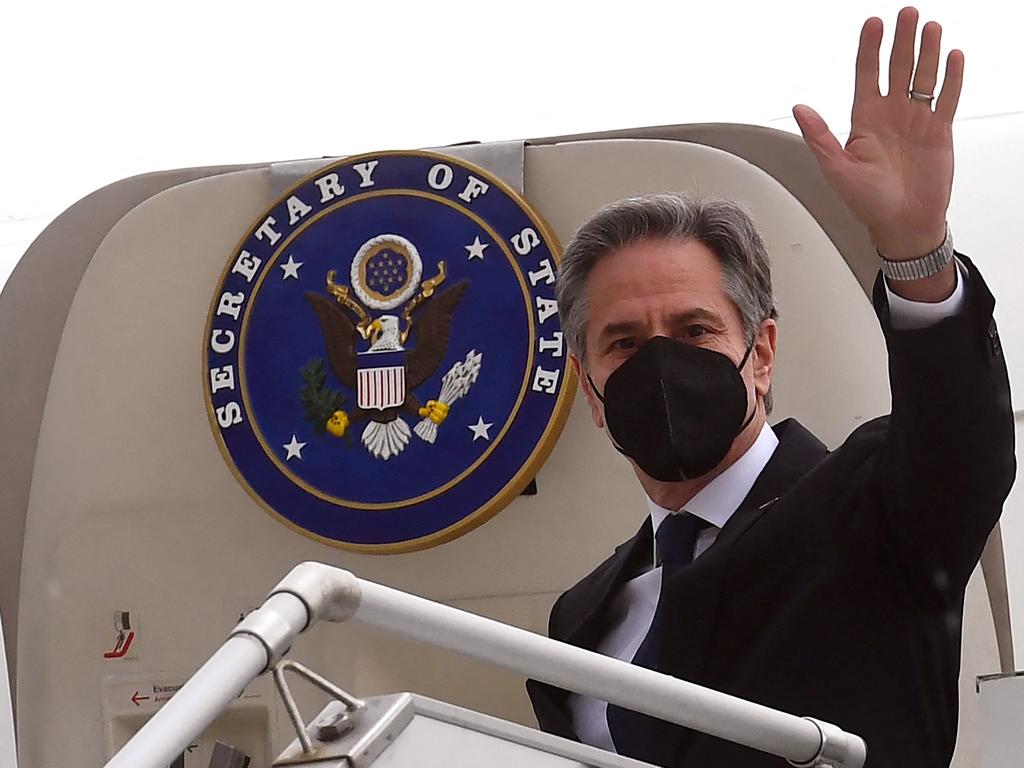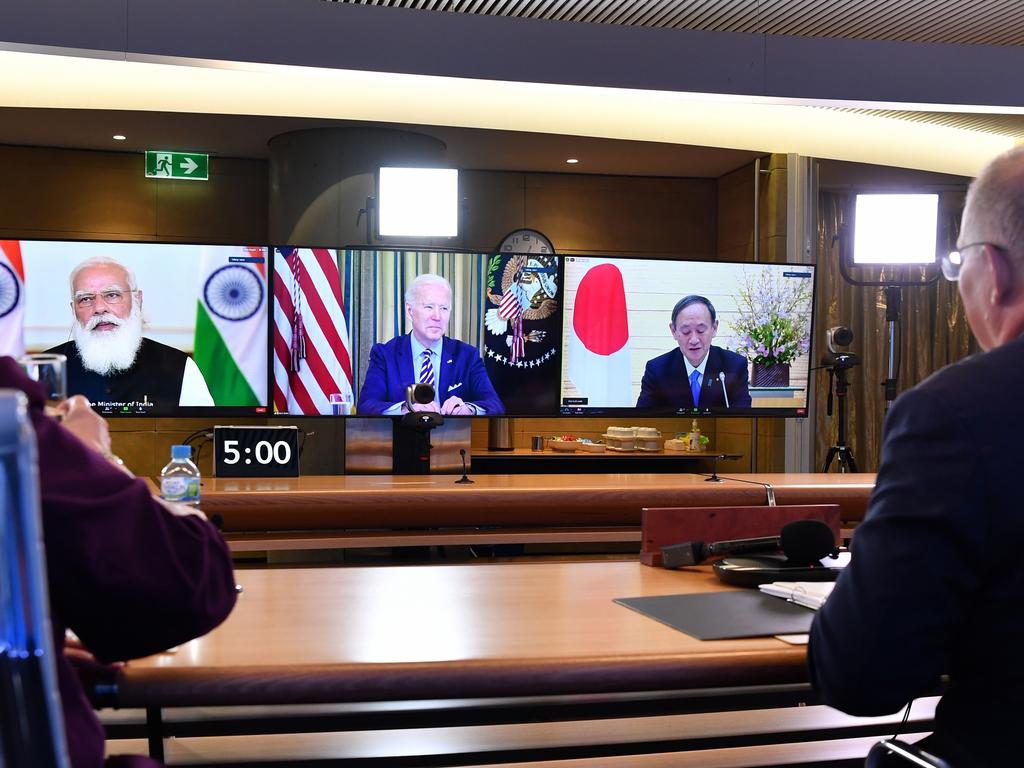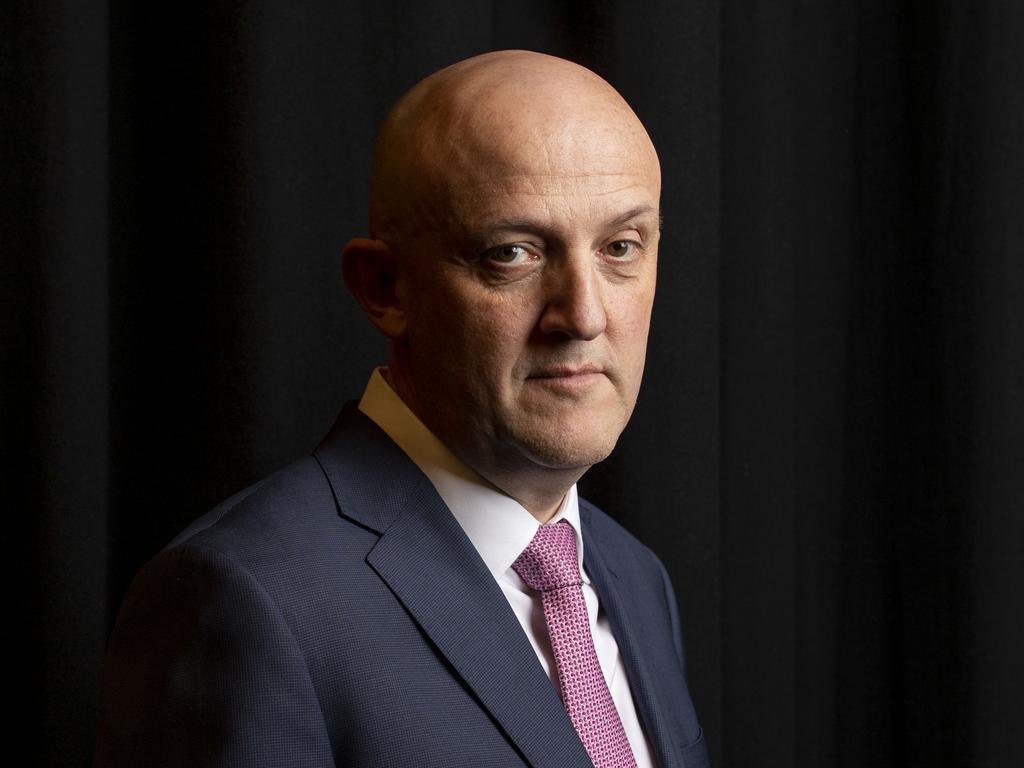Baltics ‘ready for the worst’ as Russia flexes its muscles
Russia deploys tens of thousands of troops within striking distance of Poland and Lithuania for a military exercise that starts today.

Estonia has warned that the Baltic states are “preparing for the worst” as Russia deploys tens of thousands of troops to within striking distance of Poland and Lithuania for a military exercise that begins today.
An estimated 30,000 soldiers, supported by ballistic missile units, have been moved to Belarus for the most substantial manoeuvres on Nato’s eastern frontiers by a hostile power since the Cold War.
While the alliance is chiefly concerned about the danger that they could join an invasion of Ukraine from the north within weeks, Warsaw and the three Baltic countries are also on high alert for an incursion.
Nato states have responded to the build-up by sending thousands of soldiers to eastern Europe, galvanised by the potential threat to its members.
Officials in the Baltic states worry that Russia could test the West’s resolve by occupying a strip of territory on the border with Estonia or Latvia, or its troops could remain in Belarus after the exercise ends on February 20, creating a new front for possible conflict.
“Europe is going through the most serious security crisis of the past 30 years,” said Kalle Laanet, the Estonian defence minister. “All these exercises [in Belarus] are so close to Warsaw and Vilnius – only 100, 200 kilometres away … It makes us very concerned.”
This week the US dispatched 3,000 soldiers, including airborne infantry, to Poland, Germany and Romania. Poland is in the process of more than doubling the strength of its armed forces, to 250,000 personnel.
France has suggested it could upgrade its deployment in Romania to a full “enhanced forward presence” (EFP) battlegroup like those in the Baltic states, while Germany announced that it would add 350 soldiers to the EFP battlegroup it leads in Lithuania.
“It’s absolute nonsense to say we aren’t committed to Nato,” a high-ranking German official said. “A deployment of this kind would scarcely have been imaginable only a few years ago.”
Britain is sending 350 Royal Marines to Poland and has proposed reinforcing the UK-led EFP battlegroup with another 900 troops, taking its total strength to about 2,000.
Over the past few days British army units in Estonia have been conducting winter warfare exercises with their Estonian and French allies.
On Tuesday 350 soldiers from the Estonian Scout Battalion and 44 Estonian CV-90 armoured fighting vehicles, supported by British Challenger 2 tanks and Javelin anti-tank missiles, staged a simulated battle over thickly forested terrain near the Tapa army base. “It went well,” said Sergeant Karlis Sootalu of the Estonian Scout Battalion. “We combined artillery fire and minefields effectively, and our infantry used anti-tank weapons to give a good blow to the enemy.”
The measures are intended to show Nato’s readiness to resist a Russian attack after a period in which even its own members questioned its purpose.
Moscow had demanded that the alliance withdraw its forces from the member states that had joined since 1997, including Poland, the Baltics and Romania, after President Macron of France described it as “brain dead” and Donald Trump said it was “obsolete”.
That demand has been rejected and Jens Stoltenberg, 62, the outgoing Nato secretary-general, suggested this week that it could keep stronger forces in the eastern states permanently. “If Russia really wants less Nato close to their borders, they get the opposite,” he said.
The EFP battle groups are meant to be a “trip-wire": the presence of international forces in the eastern member states is intended to signal that any Russian encroachment would mean a direct confrontation with the armed forces of much larger allies, including nuclear powers such as Britain.
“This is Nato’s red line,” a senior European diplomat said. “That is why we are ensuring that German, French, British and Dutch troops would be first to die [if Russia invades a Nato member state]. We want to make the costs for the Russians too high.”
Russia has repeatedly denied that it plans to attack Ukraine but is believed to have massed about 137,000 troops around its borders.
Yesterday the Russian foreign ministry said that the steady flow of heavy weapons to Kiev from Nato members such as Britain and the US was tantamount to “blackmail and pressure” on Moscow.
The Times







To join the conversation, please log in. Don't have an account? Register
Join the conversation, you are commenting as Logout